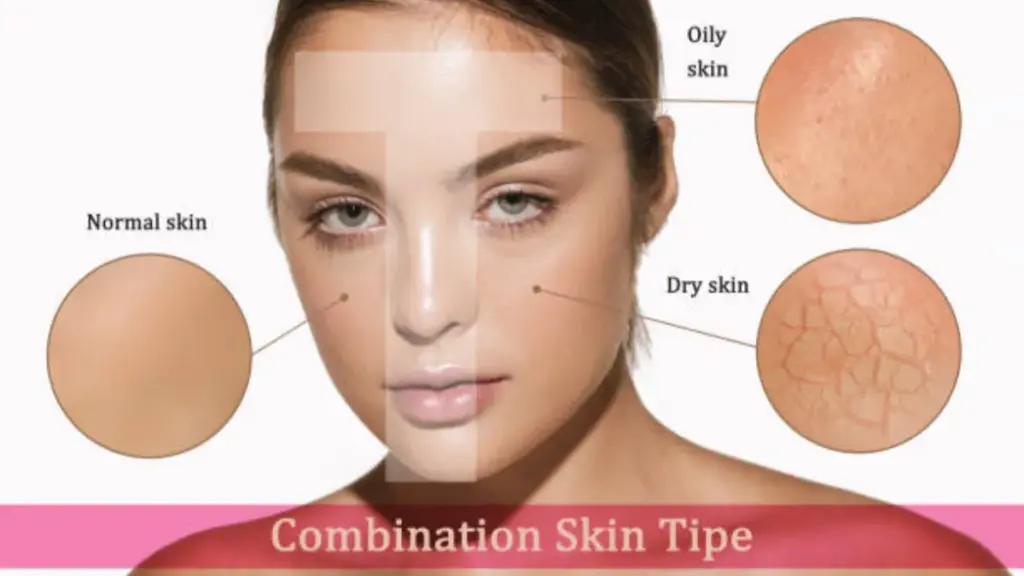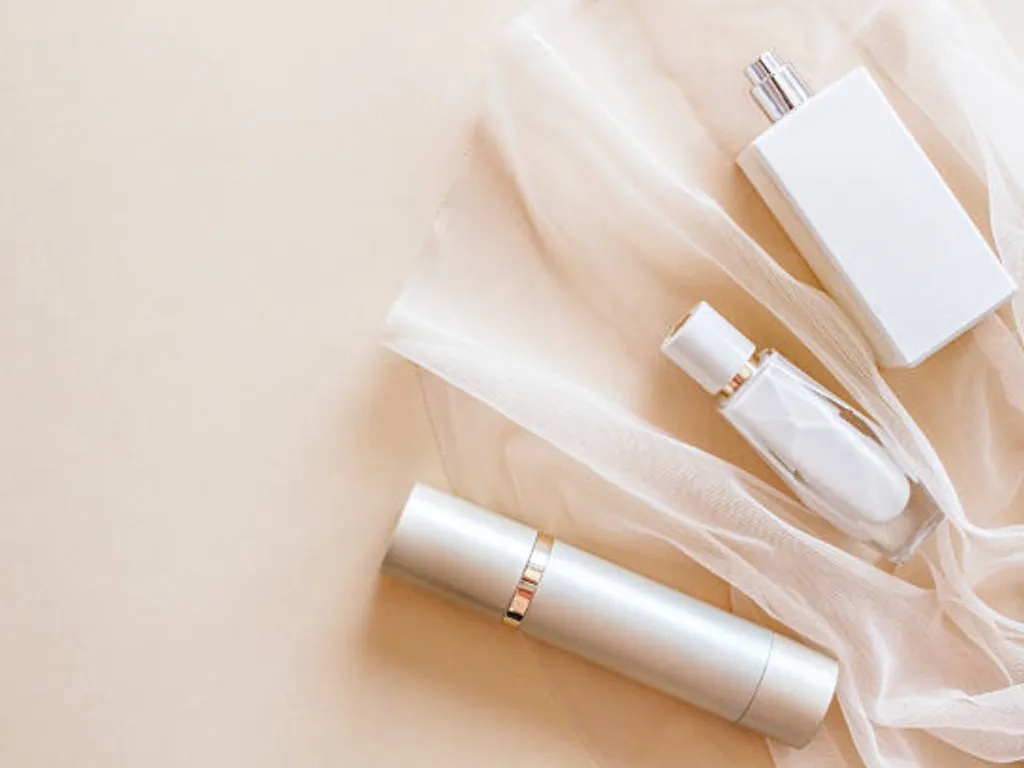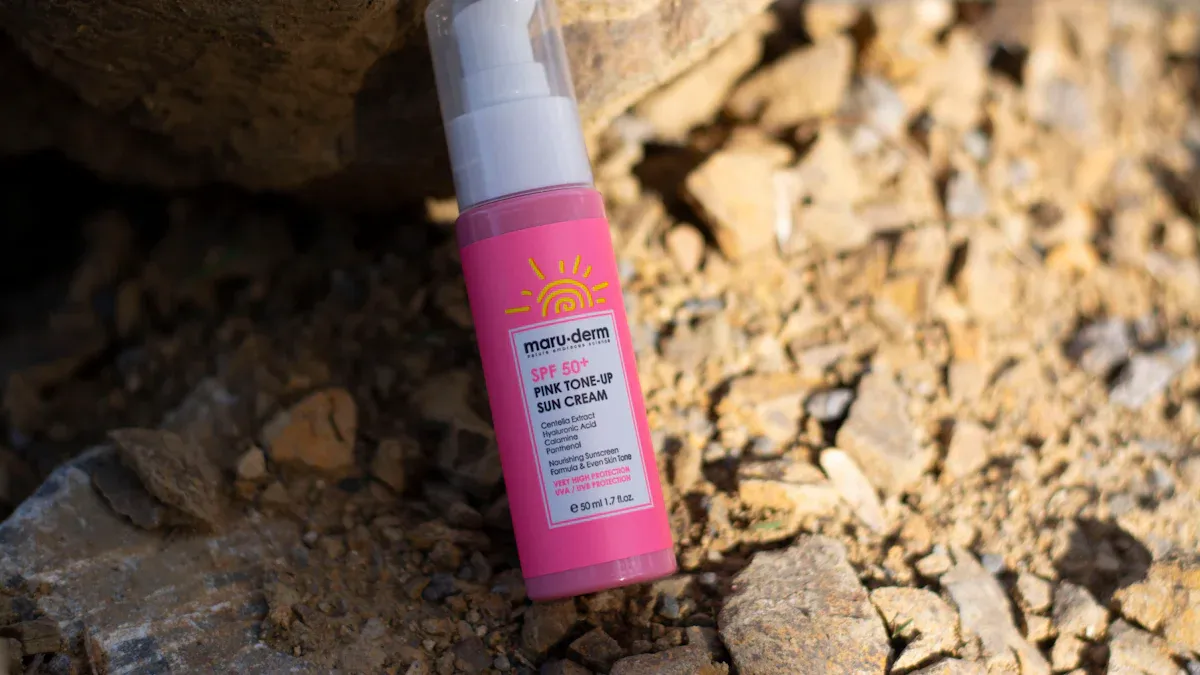
When it comes to your skin, one size doesn’t fit all. Different climate conditions can dramatically affect how your skin behaves, making developing skincare routines that suit your environment essential. For instance, cold, dry air can strip away natural oils, leaving your skin flaky and sensitive. On the other hand, hot, humid weather often leads to excess oil and clogged pores.
Did you know how geography impacts your skin? Studies reveal that sensitive skin issues are more common in polar regions due to harsh winters, while rising temperatures in sunnier areas have tripled skin cancer rates over the last 40 years. Climate-specific skincare helps you tackle these challenges, ensuring your skin stays healthy and radiant no matter where you live.
But adapting to these conditions isn’t always easy. You might struggle to find the best skincare routines for your unique needs. That’s why understanding how geography impacts your skin and choosing products designed for your climate is so important.
Skincare for Hot and Humid Climates
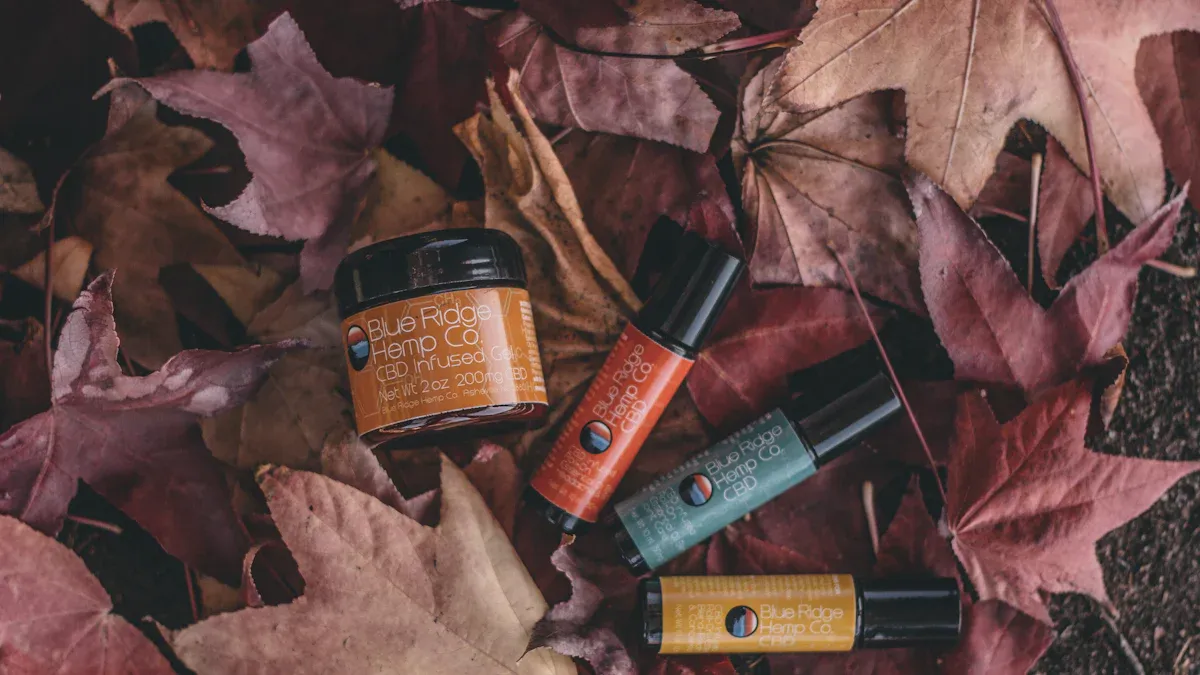
Hot and humid climates can be tough on your skin. The combination of heat and high humidity often leads to excess oil, sweat, and clogged pores. To keep your skin healthy and glowing, you need a skincare routine that tackles these challenges head-on.
Cleansing for Oil and Sweat Control
In hot climates, your skin tends to produce more oil. Add sweat to the mix, and you’ve got the perfect recipe for clogged pores and breakouts. That’s why cleansing is the first and most important step in your routine.
Use a gentle, oil-free cleanser to wash away dirt, sweat, and excess oil without stripping your skin of its natural moisture. Look for cleansers with ingredients like salicylic acid or tea tree oil, which help control oil production and prevent acne. Washing your face twice a day—morning and night—can keep your skin fresh and clean.
Tip: Avoid over-cleansing. Washing your face too often can dry out your skin, causing it to produce even more oil to compensate.
Lightweight Moisturizers for Non-Greasy Hydration
Even in humid weather, your skin needs hydration. Skipping a moisturizer might seem tempting, but it can leave your skin dehydrated and unbalanced. The key is to choose a lightweight, non-comedogenic moisturizer that provides hydration without feeling greasy.
Gel-based moisturizers are a great option for hot and humid climates. They absorb quickly and leave your skin feeling refreshed. Look for moisturizers with ingredients like hyaluronic acid, which locks in moisture without clogging your pores.
Did you know? High humidity can make your skin feel sticky, but skipping a moisturizer can actually make it worse. When your skin lacks hydration, it produces more oil to compensate, leading to a shiny, oily appearance.
Exfoliation to Prevent Pore Blockage
Exfoliation is your secret weapon against clogged pores in humid weather. Sweat and oil can build up on your skin, leading to breakouts and uneven texture. Regular exfoliation removes dead skin cells and prevents this buildup, keeping your pores clear.
Chemical exfoliants like salicylic acid are particularly effective in humid conditions. They penetrate deep into your pores, breaking down excess oil and preventing acne. Mechanical exfoliants, like scrubs, can also work but should be used gently to avoid irritation.
Exfoliating two to three times a week is usually enough to keep your skin smooth and clear. Overdoing it can damage your skin barrier, so it’s important to find the right balance.
Note: Exfoliation not only clears your pores but also helps your skin absorb moisturizers better, making your entire skincare routine more effective.
Sunscreen for UV Protection in Humid Weather
When you’re dealing with hot and humid weather, sunscreen becomes your skin’s best friend. The intense sun exposure in these climates can cause serious harm, from premature aging to painful sunburns. That’s why using sunscreen isn’t just an option—it’s a must.
The key is to choose a broad-spectrum sunscreen. This type of sunscreen protects against sun damage caused by both UVA and UVB rays. UVA rays penetrate deep into your skin, leading to wrinkles and dark spots. UVB rays, on the other hand, are the main culprits behind sunburn. A broad-spectrum sunscreen shields you from both, keeping your skin healthy and radiant.
Tip: Look for a sunscreen with an SPF of 30 or higher. It provides the best balance between protection and comfort for daily use.
Humidity adds another layer of complexity. Sweat can wash away sunscreen, leaving your skin vulnerable to UV rays. If you’re swimming or sweating a lot, reapply your sunscreen every two hours. Studies show that inorganic sunscreens tend to last longer than organic ones in humid conditions. They’re especially effective for swimmers who spend hours in outdoor pools under the blazing sun.
Here’s how you can make sunscreen work for you in humid weather:
Apply generously: Use about a teaspoon of sunscreen for your face and a shot glass worth for your body. Don’t skimp!
Don’t forget tricky spots: Areas like your ears, neck, and the back of your hands often get overlooked but are just as exposed to sun damage.
Choose water-resistant formulas: These are designed to stay on your skin even when you sweat or swim.
Did you know? Sunscreen not only protects your skin from sunburn but also reduces your risk of skin cancer. It’s a small step that makes a big difference.
By making sunscreen a non-negotiable part of your skincare routine, you’re giving your skin the protection it needs to thrive in humid weather. Remember, the sun doesn’t take a day off, and neither should your sunscreen.
Skincare for Cold and Dry Climates
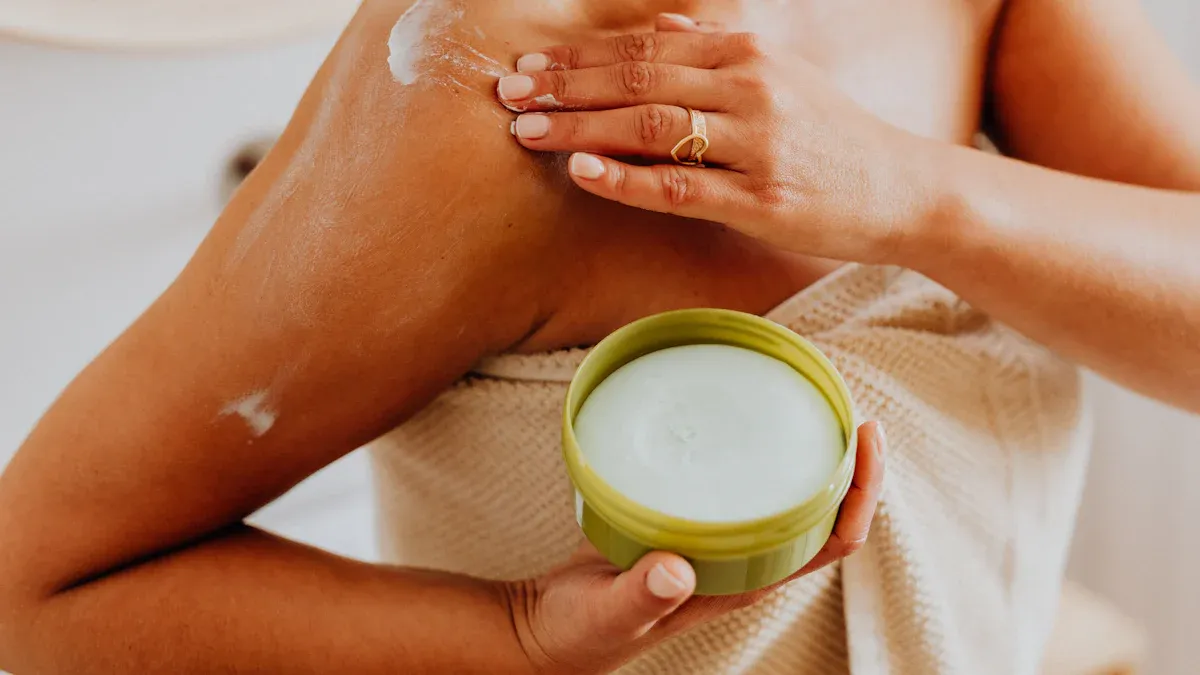
Cold and dry climates can be harsh on your skin. The lack of humidity in the air pulls moisture away, leaving your skin feeling tight, flaky, and uncomfortable. To combat these challenges, you need a skincare routine that focuses on retaining hydration and protecting your skin barrier.
Gentle Cleansing to Retain Natural Oils
In cold climates, your skin’s natural oils play a crucial role in keeping it moisturized. Harsh cleansers can strip away these oils, leaving your skin even drier. That’s why choosing a gentle cleanser is essential. Look for products with hydrating ingredients like glycerin or ceramides. These help clean your skin without disrupting its moisture balance.
When washing your face, use lukewarm water instead of hot water. Hot water might feel comforting, but it can strip your skin of its natural oils. A quick cleanse in the morning and a more thorough one at night is usually enough to keep your skin clean without over-drying it.
Tip: Avoid foaming cleansers in cold and dry climates. They often contain sulfates, which can be too drying for your skin.
Rich Moisturizers for Deep Hydration
Moisturizing is the cornerstone of skincare in cold climates. The dry air can deplete your skin’s moisture levels, so you need a rich, nourishing moisturizer to restore moisture and keep your skin hydrated. Look for creams or balms with ingredients like shea butter, hyaluronic acid, or squalane. These ingredients create a protective barrier on your skin, locking in hydration.
For best results, apply your moisturizer immediately after cleansing while your skin is still slightly damp. This helps seal in the moisture and enhances the effectiveness of the product. Don’t forget to pay extra attention to areas prone to dryness, like your cheeks and around your nose.
Did you know? Using a humidifier indoors can help maintain moisture levels in the air, giving your skin an extra boost of hydration.
Exfoliation to Remove Dry, Flaky Skin
Cold, dry air slows down your skin’s natural ability to shed dead cells. This can lead to a buildup of flaky skin, making your complexion look dull and uneven. Exfoliation helps remove these dead cells, revealing smoother, healthier skin underneath.
Here’s why exfoliation is so important in cold climates:
It promotes skin cell turnover, helping to get rid of accumulated flakes.
It allows moisturizers to penetrate more effectively, enhancing hydration.
It improves overall skin texture and combats the effects of dryness.
Choose a gentle exfoliant, like a lactic acid-based product, to avoid irritating your skin. Exfoliating once or twice a week is usually enough to keep your skin smooth without overdoing it. Remember, over-exfoliation can damage your skin barrier, so it’s important to find the right balance.
Note: Always follow up exfoliation with a rich moisturizer to restore moisture and protect your skin from the dry air.
By focusing on gentle cleansing, deep hydration, and regular exfoliation, you can keep your skin healthy and radiant even in the harshest cold and dry climates. Your skin deserves the extra care, and these steps will help you tackle the challenges of winter weather with confidence.
Sunscreen for Winter UV Defense
Winter might seem like a break from sunscreen, but UV rays don’t take a vacation. Even when the temperatures drop, your skin remains vulnerable to damage caused by ultraviolet radiation. Protecting your skin during winter is just as important as it is in summer.
Here’s the surprising part: snow can amplify your UV exposure. It reflects up to 80% of UV rays, meaning you’re getting hit from above and below. If you’re skiing, snowboarding, or just enjoying a snowy day, your skin faces double the risk. UVA rays, which cause long-term skin damage like wrinkles and dark spots, stay consistent year-round. That’s why sunscreen isn’t seasonal—it’s essential.
To shield your skin effectively, choose a broad-spectrum sunscreen with at least SPF 30. This type of sunscreen offers protection against both UVA and UVB rays. Apply it generously to your face, neck, and any exposed areas. Don’t forget spots like your ears and the back of your hands—they’re often overlooked but equally exposed.
Tip: Reapply sunscreen every two hours if you’re spending time outdoors, especially during winter sports.
Using sunscreen in winter isn’t just about avoiding sunburn. It’s about preserving your skin’s health and preventing long-term damage. Studies confirm that UV radiation is present year-round, making sunscreen a non-negotiable part of your skincare routine.
Here’s why dermatologists emphasize sunscreen for winter:
UV rays remain constant, even on cloudy days.
Snow reflects UV rays, increasing exposure.
Broad-spectrum sunscreen with SPF 30 provides effective protection.
By making sunscreen a daily habit, you’re giving your skin the care it deserves. Whether you’re braving the cold or enjoying a sunny winter day, sunscreen is your ultimate defense against UV damage.
Skincare for Arid Climates
Arid and desert climates can be incredibly harsh on your skin. The low humidity and dry air pull moisture away, leaving your skin feeling tight, flaky, and dehydrated. To keep your skin healthy and glowing, you need a skincare routine that prioritizes hydration and nourishment.
Hydrating Cleansers to Combat Dehydration
In arid climates, your skin loses water faster due to increased transepidermal water loss (TEWL). This makes using a hydrating cleanser essential. These cleansers not only remove dirt and impurities but also help your skin retain moisture. Look for ingredients like hyaluronic acid, which attracts water and keeps your skin hydrated.
When cleansing, avoid harsh soaps or foaming cleansers that strip your skin of its natural oils. Instead, opt for cream-based or gel-based cleansers designed to lock in hydration. Washing your face twice a day—morning and night—can help maintain a clean and balanced complexion without over-drying it.
Tip: Use lukewarm water when cleansing. Hot water can worsen dehydration by stripping away your skin’s protective barrier.
Layered Moisturizers for Long-Lasting Hydration
Moisturizing is the cornerstone of skincare in dry climates. A single layer of moisturizer might not be enough to combat the dryness. Instead, try layering your products for long-lasting hydration. Start with a lightweight serum containing humectants like glycerin or hyaluronic acid. Follow it up with a richer cream or balm to seal in the moisture.
For daytime, choose a moisturizer with SPF to protect your skin from UV rays. At night, use a heavier product to repair and replenish your skin while you sleep. Applying moisturizer immediately after cleansing, while your skin is still damp, can enhance its effectiveness.
Did you know? Calgary’s semi-arid climate is notorious for causing dry, irritated skin. Specialized skincare strategies, like layering moisturizers, are crucial for maintaining skin health in such environments.
Exfoliation to Revive Dull Skin
Dry air often leads to a buildup of dead skin cells, making your complexion look dull and uneven. Exfoliation is key to reviving your skin’s vitality. It removes dead cells, unclogs pores, and promotes better moisture retention.
You can choose between mechanical exfoliants, like scrubs, or chemical ones, like lactic acid or glycolic acid. Both work well, but chemical exfoliants are gentler and better suited for sensitive skin. Exfoliating once or twice a week is usually enough to keep your skin smooth and glowing.
Benefits of exfoliation in arid climates:
Enhances skin texture and reduces fine lines.
Improves hydration by allowing moisturizers to penetrate deeper.
Stimulates cell turnover, giving your skin a youthful appearance.
Note: Always follow up exfoliation with a rich moisturizer to protect your skin and lock in hydration.
By incorporating hydrating cleansers, layered moisturizers, and regular exfoliation into your routine, you can keep your skin healthy and radiant, even in the driest climates. Your skin deserves the extra care, and these steps will help you tackle the challenges of arid and desert climates with confidence.
Sunscreen for Intense UV Protection
If you live in areas with intense sun exposure, sunscreen is your skin’s ultimate shield. The sun’s rays can be relentless, causing everything from sunburn to premature aging. Protecting your skin isn’t just about looking good—it’s about staying healthy.
When choosing sunscreen, go for a broad-spectrum formula. This type protects you from both UVA and UVB rays. UVA rays cause wrinkles and dark spots, while UVB rays lead to sunburn. A sunscreen with SPF 30 or higher works best for daily use. Apply it generously to your face, neck, and any exposed skin. Don’t forget spots like your ears and the back of your hands—they’re easy to overlook but just as vulnerable.
Sweat and water can wash away sunscreen, especially in hot climates. If you’re swimming or sweating, reapply every two hours. Water-resistant sunscreens are a great choice for outdoor activities. They stay on longer, giving you better protection.
Here’s a quick tip: Apply sunscreen 15 minutes before heading outside. This gives it time to absorb and start working. For extra protection, pair it with a wide-brimmed hat or sunglasses. These small steps can make a big difference.
Remember, sunscreen isn’t just for sunny days. Even on cloudy days, UV rays can sneak through. Make it a habit to use sunscreen daily. Your skin will thank you for it!
Skincare for Temperate Climates
Mild and temperate climates offer a mix of weather conditions, from warm summers to cool winters. These seasonal changes can affect your skin in surprising ways. To keep it healthy and glowing, you need a skincare routine that adapts to these shifts.
Balanced Cleansing for Seasonal Changes
In temperate climates, your skin’s needs can change with the seasons. During warmer months, sweat and oil production increase, making a gentle, oil-controlling cleanser essential. In cooler weather, your skin may feel drier, so switching to a hydrating cleanser helps maintain balance.
Here are some tips to adjust your cleansing routine:
Use a lightweight cleanser in summer to remove sweat and bacteria, preventing breakouts.
Switch to a cream-based cleanser in winter to avoid stripping your skin of natural oils.
Monitor your skin regularly and tweak your products as needed.
Tip: Frequent bathing in humid conditions can help keep your skin fresh and clear. Adding a humidifier indoors during drier months can also boost hydration.
Moderate Moisturizers for Adaptable Hydration
Moisturizing is key in mild and temperate climates, but the type of moisturizer you use matters. Lightweight, gel-based moisturizers work well in warmer months, while richer creams are better for cooler weather. Adjusting your moisturizer ensures your skin stays hydrated without feeling greasy or dry.
For adaptable hydration:
Apply a lightweight moisturizer with SPF during the day to protect your skin from UV rays.
Use a richer cream at night or during colder months to lock in moisture.
Always apply moisturizer after cleansing to seal in hydration.
Did you know? Switching from lightweight to richer moisturizers during seasonal transitions can help combat dryness and keep your skin balanced.
Occasional Exfoliation for Skin Renewal
Exfoliation is a great way to keep your skin smooth and radiant in temperate climates. It removes dead skin cells, improves texture, and enhances your skin’s ability to absorb hydration. However, overdoing it can harm your skin barrier, so exfoliate occasionally—once or twice a week is enough.
Here’s how exfoliation benefits your skin:
Benefit | Explanation |
|---|---|
Exfoliation helps to resurface the skin, addressing issues like dryness and dullness. | |
Seasonal Climate Advantage | Warmer, humid spring weather enhances skin’s ability to absorb hydration, increasing peel effectiveness. |
Natural Renewal Process | Skin naturally renews every 28-30 days, and exfoliation aids in this process by removing dead cells. |
Collagen Production | Exfoliation stimulates collagen and elastin production, essential for maintaining skin health. |
Note: Always follow exfoliation with a moisturizer to protect your skin and lock in hydration.
By focusing on balanced cleansing, adaptable hydration, and occasional exfoliation, you can maintain healthy, glowing skin in mild and temperate climates. Your skincare routine doesn’t have to be complicated—just a few thoughtful adjustments can make all the difference.
Sunscreen for Year-Round UV Defense
You might think sunscreen is only for sunny summer days, but UV rays don’t take a break. They’re present all year, even when it’s cloudy or cold. Protecting your skin from UV damage is essential, no matter the season.
Here’s why sunscreen should be part of your daily routine:
UV rays are sneaky: They can penetrate clouds and even glass windows.
Winter sun is stronger than you think: Snow reflects UV rays, doubling your exposure.
Indoor lighting matters: Some artificial lights emit UV radiation, which can harm your skin over time.
Choosing the right sunscreen makes all the difference. Look for a broad-spectrum formula with SPF 30 or higher. Broad-spectrum sunscreens protect against both UVA and UVB rays, keeping your skin safe from sunburn and premature aging.
Tip: Apply sunscreen 15 minutes before heading outside. This gives it time to absorb and start working effectively.
Reapplication is key. If you’re outdoors for long periods, reapply every two hours. For added protection, pair sunscreen with accessories like hats or sunglasses. These small steps can make a big difference in shielding your skin.
Even on cloudy days, UV rays can sneak through. Make sunscreen a habit, not an afterthought. Your skin will thank you for it, and you’ll enjoy healthier, more radiant skin all year long.
The Role of Oully in Developing Skincare for Different Climate Conditions
Custom Formulation for Climate-Specific Skincare
Creating skincare products that work across different climates can feel like a challenge. That’s where Oully steps in. With over a decade of experience, Oully specializes in custom formulations designed to meet the unique needs of your skin, no matter the weather.
Whether you’re dealing with the dryness of an arid climate or the humidity of tropical regions, Oully’s team of experts crafts products tailored to your environment. They carefully select ingredients that address specific concerns, like hydration for dry skin or oil control for humid conditions. This ensures your skincare routine works effectively, wherever you are.
Fun Fact: Oully’s formulations are tested to perform in extreme climates, from freezing winters to scorching summers.
Sustainable Practices in Skincare Development
You care about your skin, but you also care about the planet. Oully gets that. They prioritize sustainability in every step of their skincare development process. From sourcing eco-friendly ingredients to using recyclable packaging, Oully ensures their products are as kind to the Earth as they are to your skin.
Their FDA- and ISO-certified facility follows strict environmental standards. This means you can trust that your skincare products are made responsibly. By choosing Oully, you’re not just investing in your skin—you’re supporting a brand that values the planet.
Tip: Look for brands like Oully that combine effective skincare with sustainable practices. It’s a win-win for you and the environment!
End-to-End Manufacturing Support for Skincare Brands
If you’re dreaming of launching your own skincare line, Oully has you covered. They offer end-to-end manufacturing support, making it easy for you to bring your vision to life. From custom formulations to packaging design, Oully handles every detail.
Their flexible low MOQ (minimum order quantity) options and fast production turnaround mean you can start small and scale up as your brand grows. Plus, their dropshipping services make it simple to reach customers worldwide.
Did you know? Oully serves over 20 countries, helping brands create skincare solutions that work in every climate.
With Oully’s expertise, you can focus on building your brand while they handle the rest. It’s never been easier to create skincare products that stand out in the market.
Innovation in Climate-Adaptive Skincare Solutions
When it comes to skincare, innovation is changing the game. You’ve probably noticed how your skin reacts differently to heat, cold, or pollution. That’s where climate-adaptive skincare steps in. These solutions are designed to help your skin thrive, no matter the weather.
Scientists and brands are working hard to create products that adjust to environmental changes. From tackling humidity to protecting against pollution, these innovations are making skincare smarter and more effective.
Cutting-Edge Products Leading the Way
Here’s a look at some groundbreaking advancements in climate-adaptive skincare:
Innovation | Description |
|---|---|
GESKE’s Facial Hydration Refresher | Uses cooling mist technology for deeper hydration, paired with AI routines. |
Polarwise | Combines body cream and supplements to control sweat and temperature. |
COLOR WOW’s Dream Coat | Forms a shield around hair to repel humidity. |
The Nue Co.’s Barrier Culture | Fortifies skin against pollution while addressing multiple concerns. |
BASF’s New Range | Focuses on hydration, protection, and UV defense in beauty formulations. |
L’Oréal’s Partnership with BreezoMeter | Uses real-time data for dynamic skincare adjustments based on conditions. |
These innovations aren’t just about looking good—they’re about keeping your skin healthy in challenging environments.
Why Climate-Adaptive Skincare Matters
Experts agree that the future of skincare lies in adapting to environmental changes. Dr. Alexis Granite highlights the importance of products that can withstand humidity and pollution. Professor Jeong Su-jong believes the climate crisis will push companies to invest in smarter technologies.
You can already see this shift happening. Brands are using AI, real-time data, and sustainable practices to create products that respond to your skin’s needs. Whether it’s a mist that cools your skin or a cream that protects against UV rays, these innovations are setting new standards.
Tip: Look for products that mention climate-specific benefits. They’re designed to work with your environment, not against it.
Climate-adaptive skincare isn’t just a trend—it’s the future. By choosing innovative solutions, you’re giving your skin the care it deserves, no matter where you are.
Adapting your skincare routine to match the climate isn’t just a luxury—it’s a necessity for keeping your skin healthy and glowing. Hot weather can lead to clogged pores, while cold air dries out your skin. Even mild climates bring challenges like seasonal shifts that affect moisture levels. By choosing climate-specific products, you ensure your skin stays protected and nourished year-round. Brands like Oully make it easy to create personalized solutions that work for you. Your skin deserves care that’s as unique as the weather around you.
FAQ
What’s the best way to adjust my skincare routine for seasonal changes?
Your skin’s needs shift with the seasons. Use lightweight products in summer to manage oil and sweat. Switch to richer, hydrating options in winter to combat dryness. Keep an eye on how your skin feels and tweak your routine as needed.
Tip: Always patch-test new products before adding them to your routine!
How often should I exfoliate in different climates?
Exfoliation frequency depends on your skin type and climate. In humid or temperate climates, exfoliate 2-3 times weekly. For dry or cold climates, stick to once or twice a week to avoid over-drying your skin.
Note: Over-exfoliating can damage your skin barrier, so less is more!
Do I need sunscreen on cloudy or winter days?
Yes, you do! UV rays penetrate clouds and reflect off snow, increasing exposure. Use a broad-spectrum sunscreen with SPF 30 or higher daily, regardless of the weather.
Did you know? Snow reflects up to 80% of UV rays, doubling your risk of sun damage.
Can I use the same moisturizer year-round?
Not always. Your skin may need a lightweight, gel-based moisturizer in summer and a richer cream in winter. Adjusting your moisturizer ensures your skin stays hydrated and balanced throughout the year.
Pro Tip: Apply moisturizer while your skin is damp to lock in hydration.
How can I tell if my skincare routine is working?
Healthy skin feels balanced—not too oily or dry. Look for improvements in texture, hydration, and clarity. If you notice irritation, dryness, or breakouts, it might be time to reassess your products.
Reminder: Give new products at least 4-6 weeks to show results.

